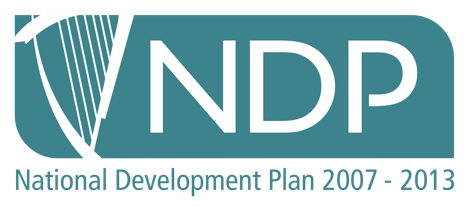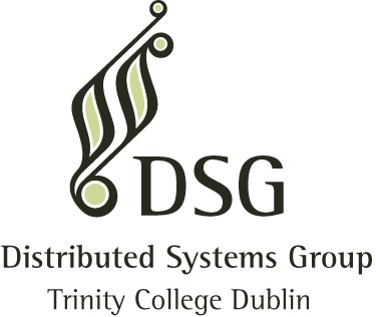Charge routing for Information centric networks
In the sensor-rich environment of future smart cities, both producers and consumers of data may be highly mobile devices. Current networking paradigms do not provide satisfactory routing solutions for such sporadic connections in a dynamic environment. Information-Centric Networks (ICN) help end-user applications deliver content, but routing middleware currently does not cope well with changes in network topologies.
Charge Routing
Charge routing is a disruptive routing protocol for highly-dynamic ICNs and is completely decentralized. No fixed infrastructure, name resolution service or overlay is required. It is modelled after natural lightning strikes.
Properties
Network links are assigned a resistance. Charge Routing nodes may change the resistance of their incoming links at any time. Data packets are assigned an electrical charge and these charges dissipate as they travel across links due to their resistance. Charges can be split to allow packets to traverse multiple links concurrently.
Benefits
The dataflow does not depend on pre-determined network routes. Charge Routing nodes can intelligently adapt to local network conditions on-the-fly and the network rapidly adapts to changes in topology. Producers have much more control over their data compared to ‘regular’ ICN. Charge selection enables differentiation between volatile and persistent data. Devices rapidly create and destroy connection on an as-needed basis and Charge Routing does not rely on a TCP/IP infrastructure.
Lightning Strikes
Lightning is very good at finding routes without relying on a fixed infrastructure. It finds a route from a negatively-charged cloud to the positively-charged ground by a series of locally-optimal decisions.
Once a route is established, ionization drops its resistance to facilitate super-charged current delivery. As long as the established route is in use, minimal efforts at re-routing is made. When charge transfer is complete, ionization dissipates over time, facilitating the discovery of new routes.
Approach
Current status
The Charge Routing protocol has been implemented in an OMNeT++ simulator environment. This helps us implement and evaluate algorithms for node behaviour. OMNeT++ provides a good simulation base for city-scale network behaviour.
Next steps
Implement selected features from OMNeT++ simulation in an Internet-scale simulation(PlanetLab) and demonstrate Charge Routing capabilities on large-scale networks.
End goal
A real-world implementation that can be deployed and evaluated in the Internet.A competitive ICN networking solution for highly-dynamic networks.
People
Franck Franck, Eric Jul, Mélanie Bouroche
Sponsors





